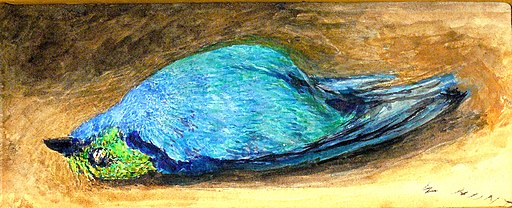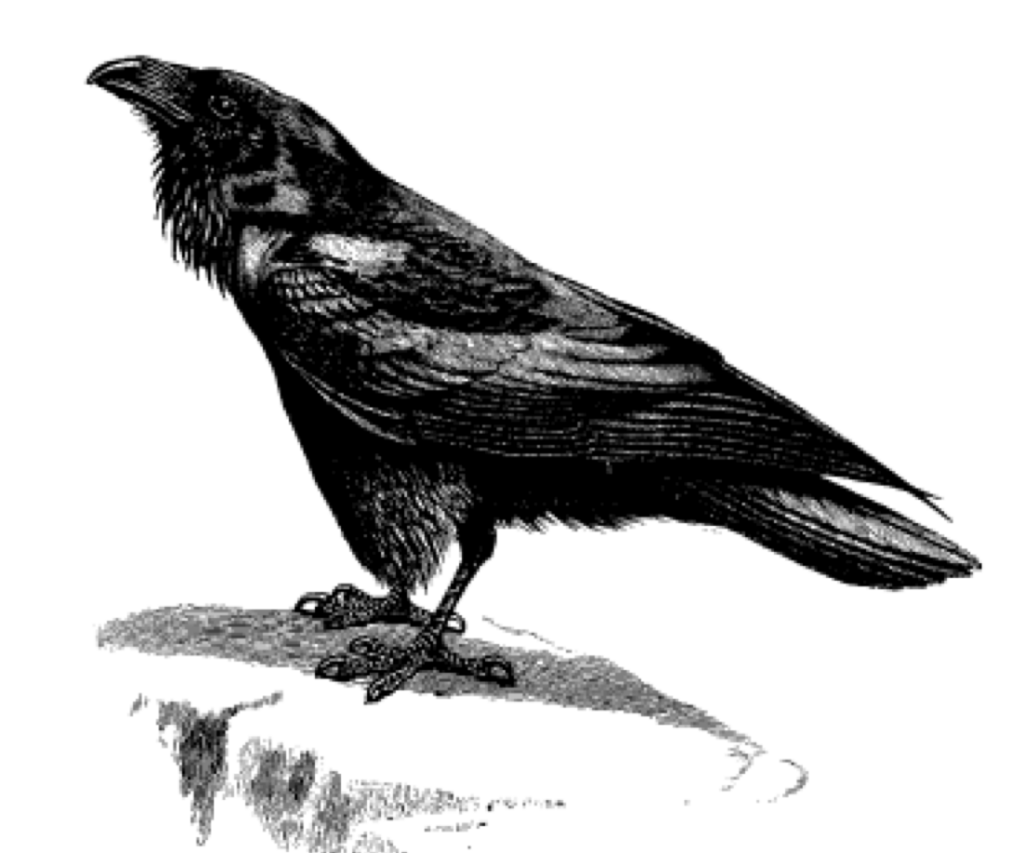
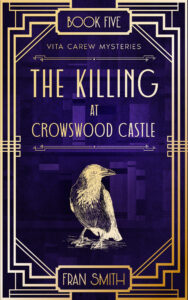
The starting point for this story was Victorian ‘mad doctors’ and asylums. The specialism of psychiatry was in its infancy at that time, and the understanding of mental illness very limited, but there was money to be made by running remote asylums for rich families who needed problematic relations housed. Some asylums were genuine sanctuaries offering peaceful surroundings, but many were run along harsh, and even cruel lines. The imagined asylum in Garston Lacey as one of the kinder ones.
The Married Women’s Property Act in 1882, allowed married women in England to own and control property in their own right for the first time. Until then, all land and property owned by a woman became her husband’s on marriage, and she had no control over it. There were a number of court cases around this time, where a husband who wanted to gain control of a wealthy wife’s fortune tried to have her declared insane and committed to asylum. Since there was no recognised definition of insanity, it was extremely difficult to prove whether someone was insane or sane. Court cases ran for years, with family members and household spies reporting on the woman’s odd behaviour and long debates over the exact point at which eccentricity (in one case, inviting a whole circus with all its performers and animals to come and live in the family’s smart London townhouse) shaded into madness.
All this was hard to resist. So I imagined such a case, where the dreadful Earl set about driving his already delicate wife mad by frightening her out of her wits in the perfect setting of a very gloomy castle. The castle is loosely based on Audley End House near Saffron Walden in Essex. Audley End is not a castle at all, but a palatial Tudor house. When it was built as a private home by a government official, it was so grand that even King Henry VIII considered it excessive. It’s open to visitors now, and not really as creepy (at least in daylight) as the made-up Crowswood Castle, but it does have a large collection of taxidermy animals and birds. They were the treasured collection of an enthusiastic naturalist, but it’s hard for a present day visitor to look at them without a shudder.
I recommend a visit!
The Killing at Crowswood Castle is available on pre-order here. It is released on January 31st 2023.

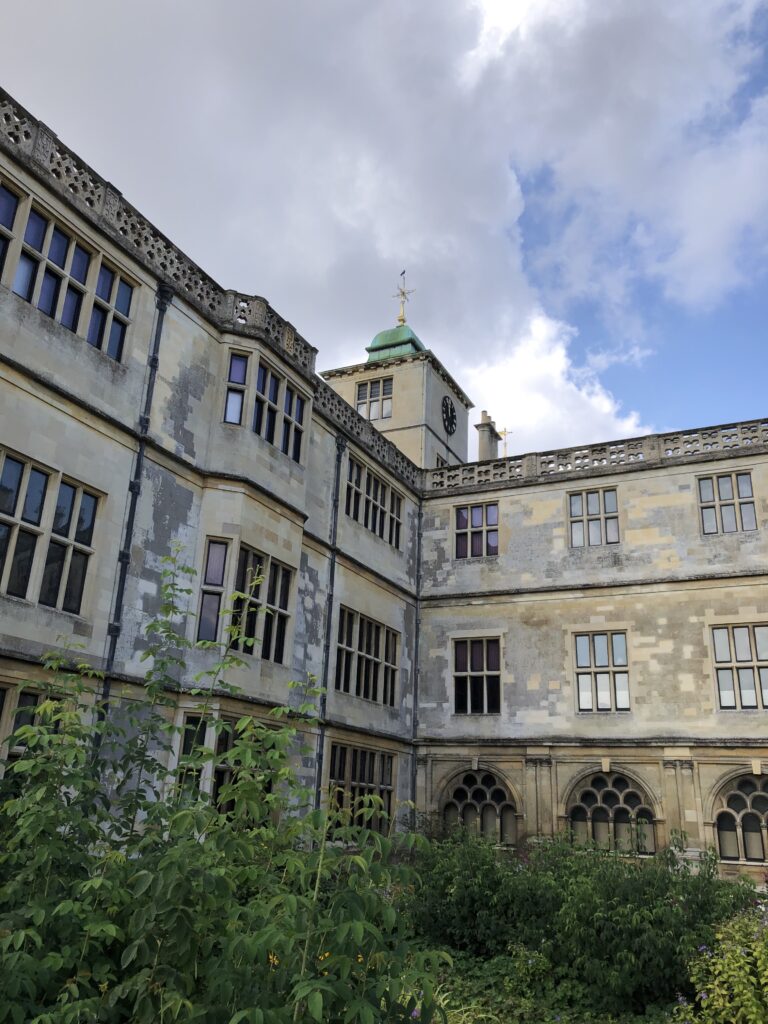
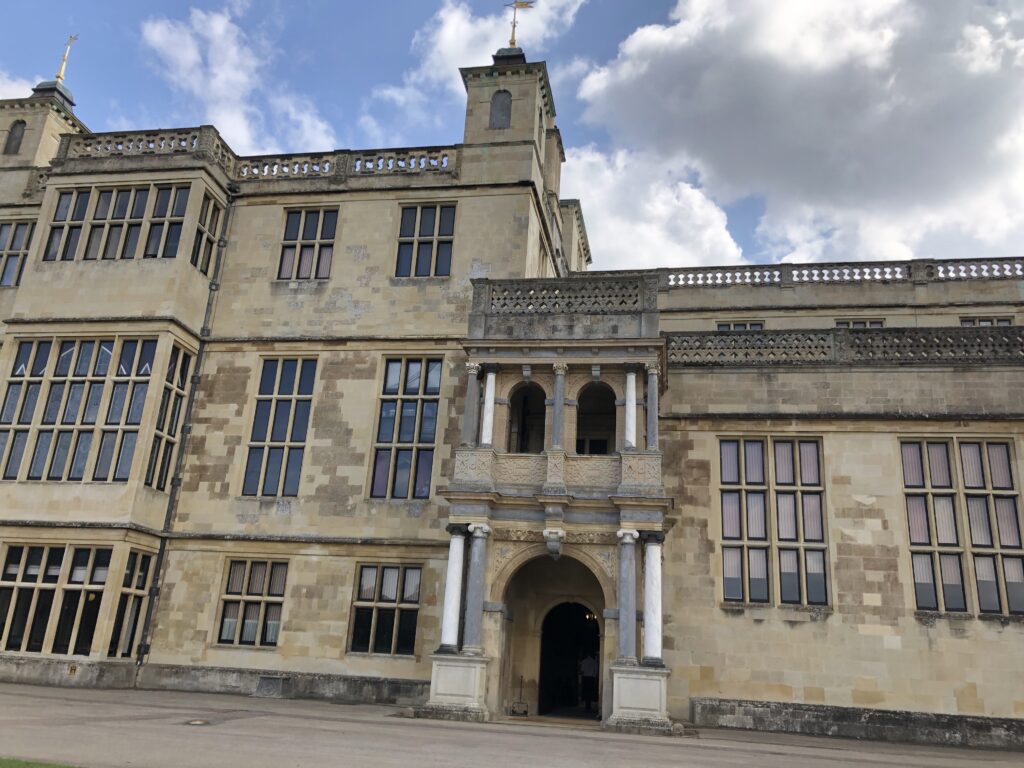
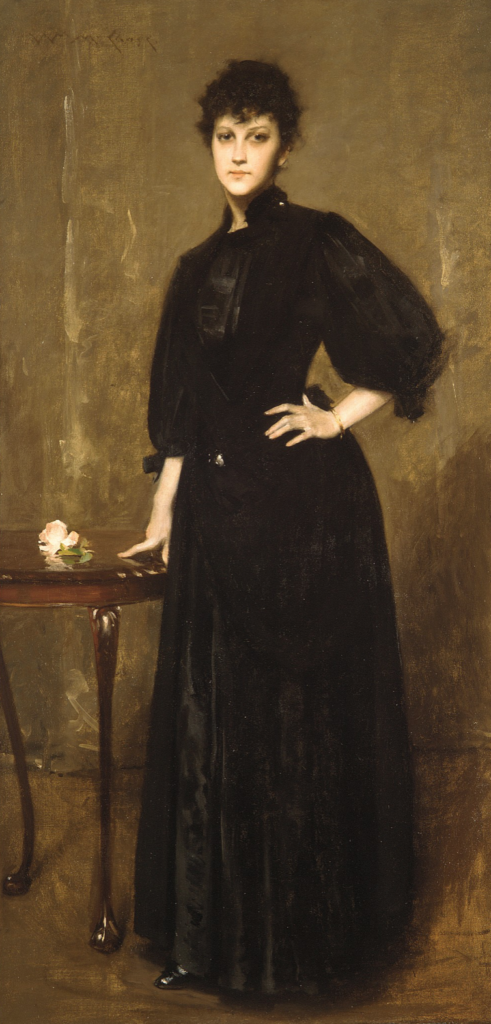
This lady’s real name is Marietta Cotton. She was an artist as well as a model for William Merritt Chase. The painting, made in 1888, is in the Metropolitan Museum in New York.I was taken by the way Marietta directs her steady gaze at the viewer. Her beautiful hands are so delicately captured, as is the single rose on table beside her. The image is sombre and full of subtle detail. It was easy to imagine a stuffed crow, like the one below, on the table and another in a cage on the wall behind.
Below is the painting of a poor dead kingfisher by William Henry Hunt (1839). The colour captures the astonishing dash of colour that you see in a kingfisher’s plumage, but (without wanting to be too critical) the beak seems too short if it is the same sort of kingfisher I see sometimes by the river Cam.
